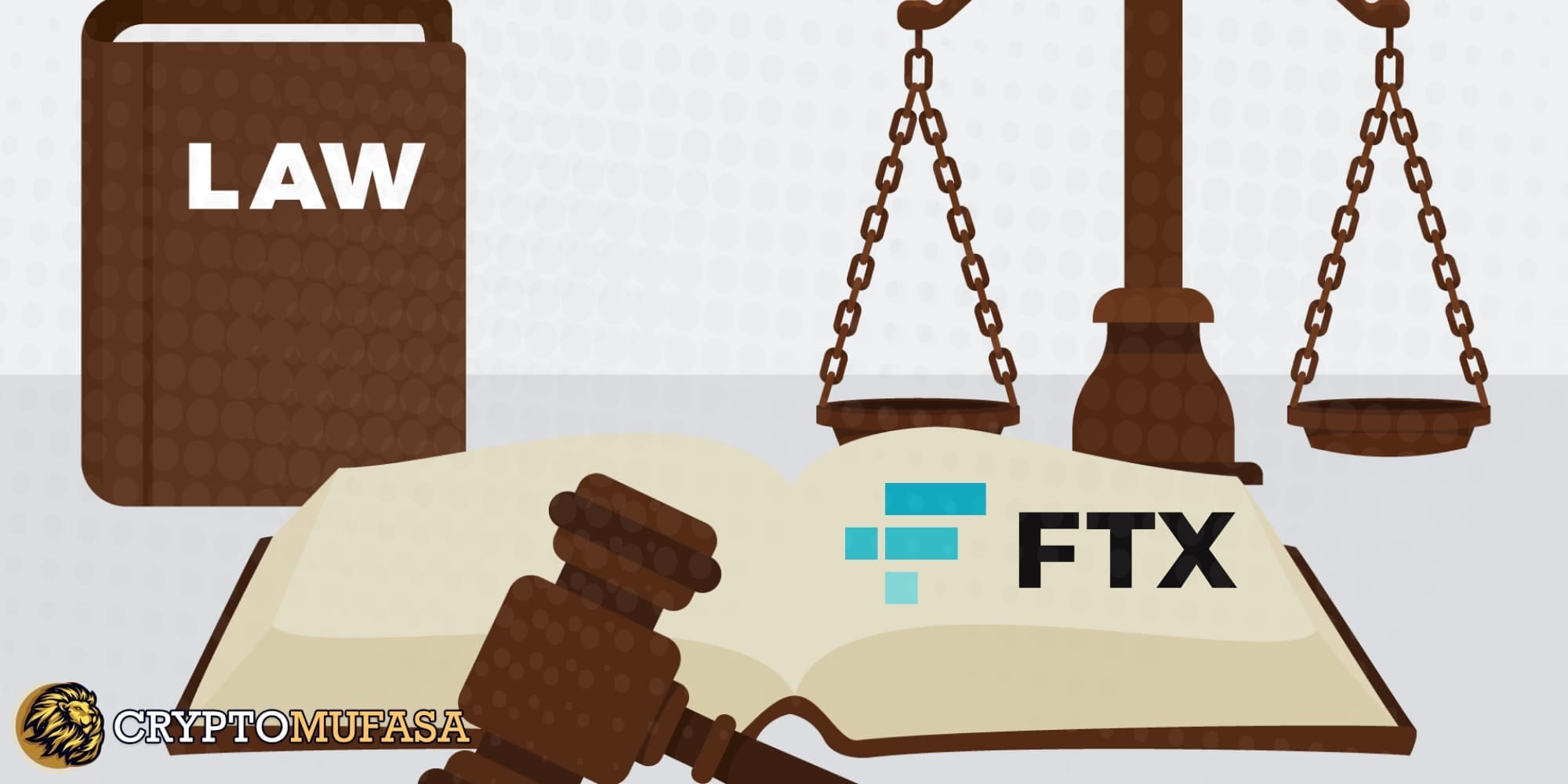FTX, the popular but problematic cryptocurrency exchange, has reached a critical point in its bankruptcy proceedings. Shortly before the sentencing of former FTX executive Nishad Singh, CEO John Ray filed a formal appeal requesting leniency. Why? Singh’s potential value in supporting FTX’s asset recovery efforts for creditors is a move that could have major implications for the company’s ability to repay those affected by the exchange’s collapse. This is an important moment for FTX as it pursues bankruptcy liquidity and FTX bankruptcy forbearance.
Singh’s Role: Why His Knowledge Is Crucial to FTX’s Asset Recovery
John Ray emphasized that Singh’s insight into FTX’s operational structure and digital infrastructure is irreplaceable when tracking down missing assets. Since the exchange declared bankruptcy, Singh has played a central role in providing details about complex transactions, data systems and accounts that are still under investigation. FTX’s appeal to the court highlights that Singh’s direct involvement in pivotal transactions and close understanding of FTX processes enabled him to facilitate a faster recovery process and increase creditor repayments during FTX bankruptcy forbearance requests.
Understanding the Legal Complexities of the FTX Bankruptcy Case
FTX’s bankruptcy proceedings are one of the most complex in cryptocurrency history. Former executives like Singh, who owe billions of dollars to creditors, have played a key role in identifying lost or misappropriated assets. As Ray’s letter points out, Singh’s expertise could help resolve key questions surrounding the exchange’s financial discrepancies. The court’s decision on Singh’s sentencing could set a precedent for cryptocurrency bankruptcies as legal teams weigh the benefits of executive cooperation against the need for accountability. FTX’s request for bankruptcy forbearance may impact future decisions.
Close investigation into Singh’s misconduct and cooperation agreement
Despite being accused of engaging in financial mismanagement, Singh agreed to cooperate with legal authorities by providing detailed information about FTX’s financial operations. This collaboration agreement has already provided important insight into FTX’s accounting methods and trading history, helping to clarify the scope of its obligations to creditors. Court documents say Singh is prepared to testify, release records and help recover misappropriated funds as part of the settlement. Ray calls this an important part of FTX’s restructuring efforts and further emphasizes the importance of FTX’s bankruptcy forbearance plea.
Potential Industry-wide Impact: What Legal Experts Say
The outcome of the sentencing could have significant implications for cryptocurrency regulation and bankruptcy proceedings. Legal experts suggest that allowing Singh to continue supporting FTX could accelerate the company’s restructuring timeline, offering hope to creditors eager to recover their funds. Some see this case as an indicator of future legal approaches to cryptocurrency bankruptcies, especially in cases where management insight may be needed to seek financial compensation. However, others argue that a lenient sentence would set an undesirable precedent, allowing individuals who held key financial roles during the FTX bankruptcy forbearance to avoid full liability.
Balancing Justice and Financial Recovery in the Crypto Space
FTX’s last-minute appeal on behalf of Singh highlights the importance of balancing financial recovery and justice in cryptocurrency-related bankruptcies. Judge Kaplan’s upcoming ruling will determine whether Singh can contribute to FTX’s recovery efforts outside of prison, with potential ramifications for the industry’s regulatory environment. For FTX, this represents a significant step toward repaying creditors, and for the broader cryptocurrency community, it highlights the evolving complexities of liability in decentralized finance. The FTX bankruptcy forbearance request remains central to this balance.

